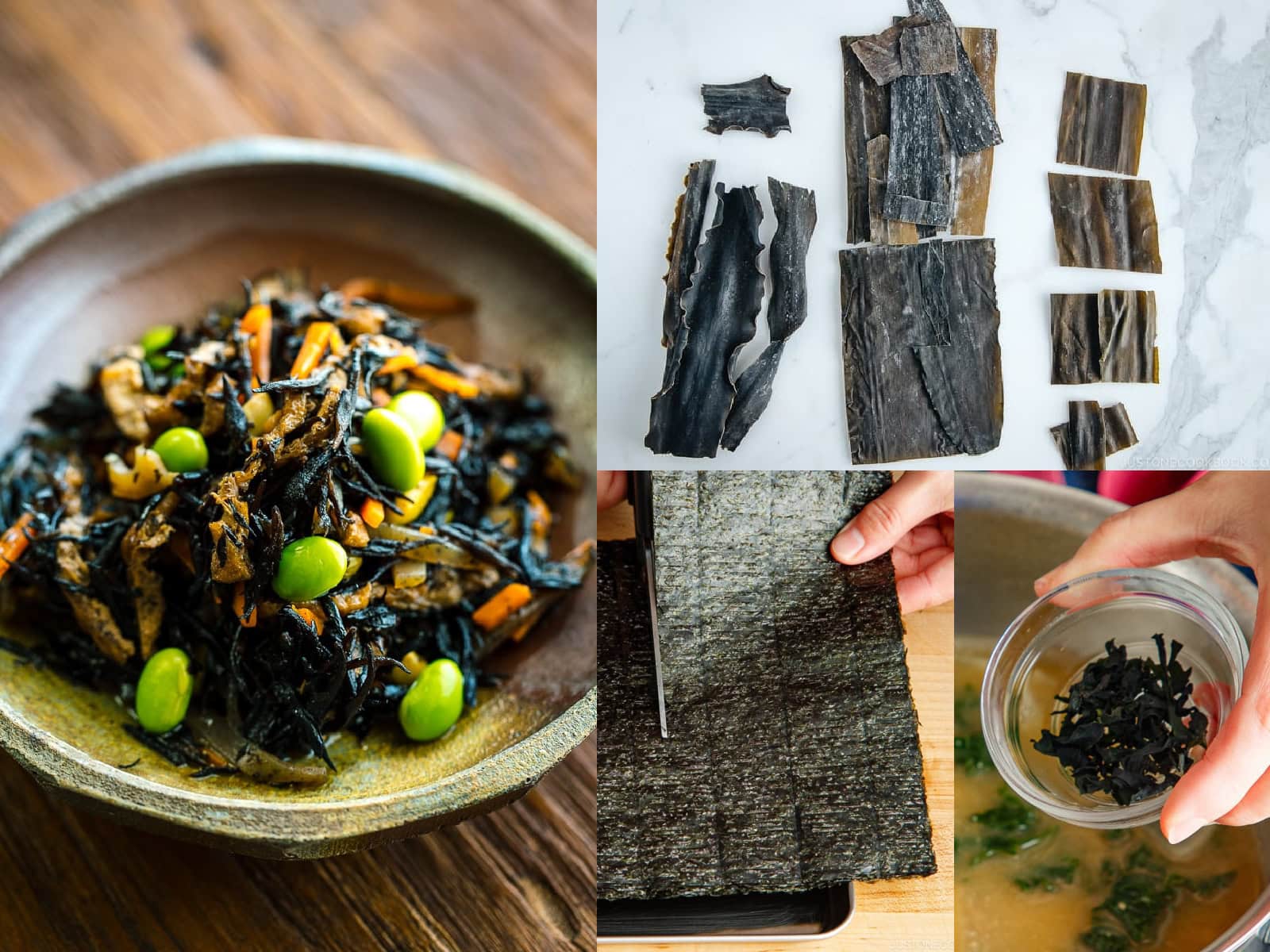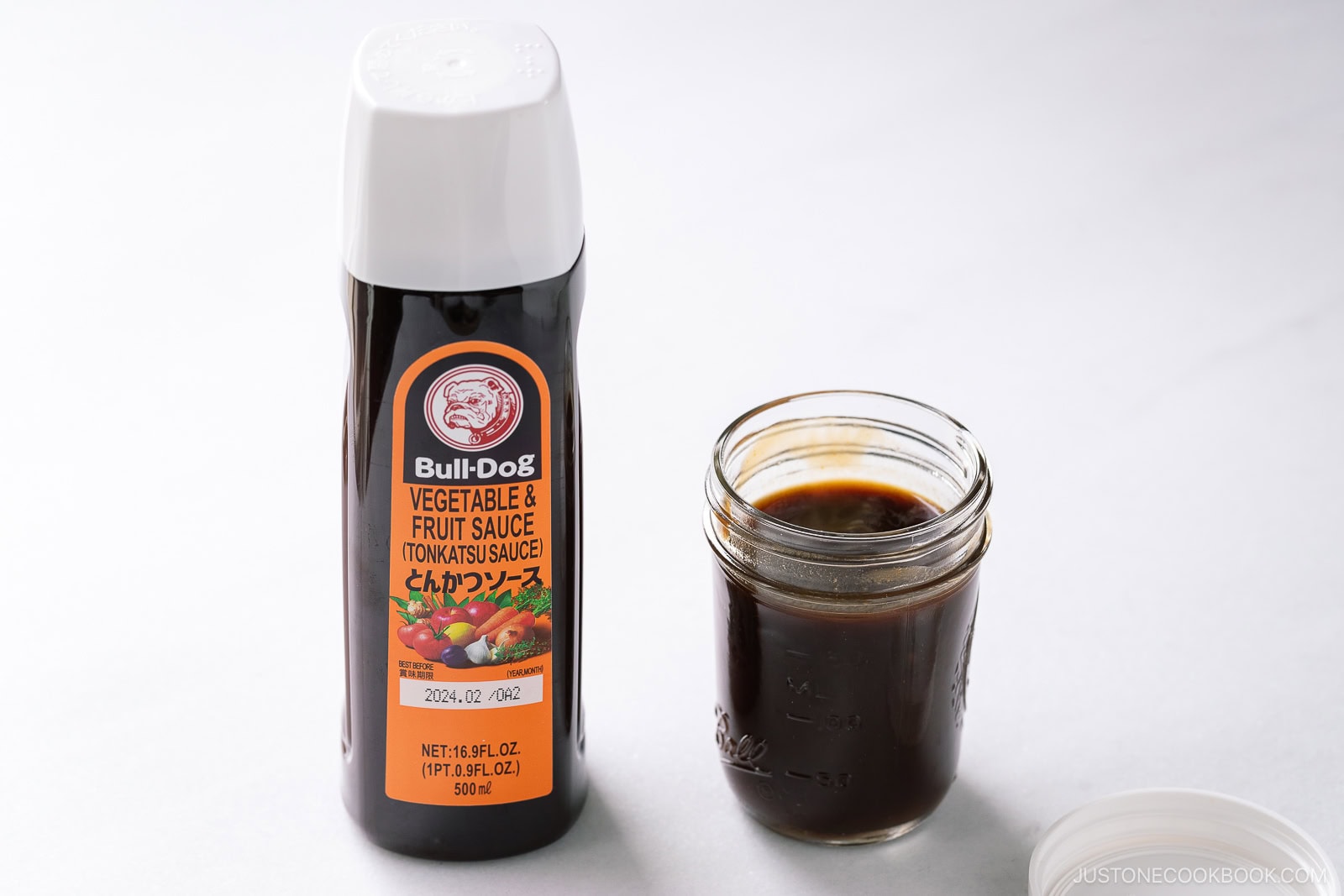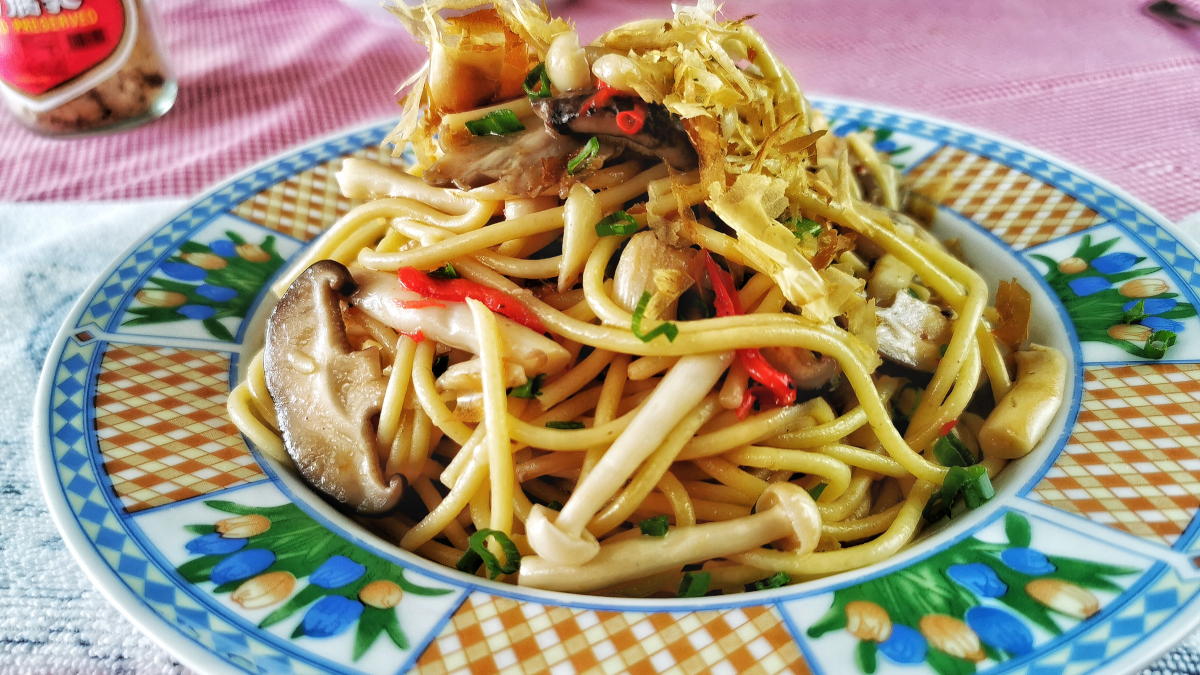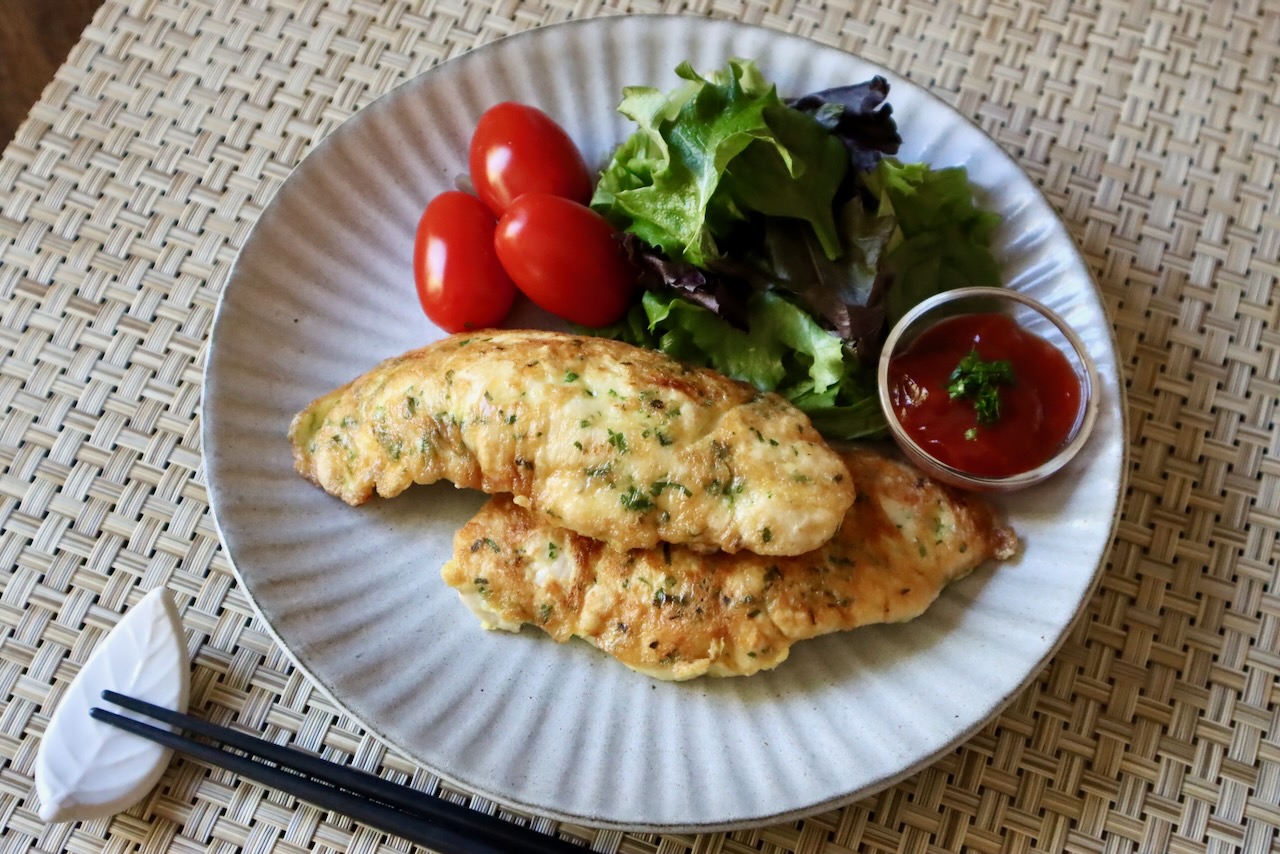In this Japanese Seaweed Guide, discover the most common varieties used in everyday Japanese cooking. Easy recipes and tips will help you incorporate seaweed into your meals at home.
Seaweed is a fundamental ingredient in Japanese home cooking. From nori-wrapped rice balls to comforting miso soups with wakame, seaweed has been a part of my daily life since childhood in Japan. This Japanese Seaweed Guide will introduce you to the main types of seaweed, their unique flavors and textures, along with my favorite recipes. I hope you will also experiment with seaweed in your everyday meals.
If you’re interested in healthy Japanese cuisine, check out articles on cooking with Japanese mushrooms and natto.
Japanese Seaweed Guide: Why We Love It
- Incredibly versatile: I incorporate various types into soups, salads, rice dishes, pickles, and snacks.
- Wonderful taste and texture: Seaweed adds rich umami flavor and a variety of appealing textures to Japanese recipes.
- Packed with nutrients: It is rich in iodine, calcium, and antioxidants.
- Low in calories
- Vegan/vegetarian
- Easy to store: Most seaweeds are dried and shelf-stable. I always keep several varieties in my kitchen.
- Centuries of culinary tradition: Seaweed connects us with Japanese dishes rooted in the sea.
Japanese Seaweed Guide: Common Types
Here are the types of seaweed that are staples in Japanese cooking.
1. Nori – The Familiar Seaweed Sheet
Nori (海苔) is made from red algae that is shredded, dried, and pressed into thin sheets—akin to papermaking from the ocean! It is available toasted and non-toasted, either plain or seasoned. I recommend purchasing nori imported from Japan for superior quality.
- Flavor: Mild, slightly salty, and rich in umami
- Texture: Crisp when toasted, soft when moist
- Uses: Sushi rolls, onigiri rice balls, ajitsuke (seasoned) nori, nori snacks (nori chips or seaweed snacks)
💡Tip: To maintain nori’s crispness, store it in an airtight container with a desiccant packet. Lightly toasting it over a flame can enhance its crispiness.
How to use nori in recipes:
2. Wakame – The Miso Soup Staple
Wakame (わかめ) is a type of kelp typically sold dried, expanding beautifully when soaked in water. It has a soft texture that is enjoyable to chew, making it popular among both children and adults.
- Flavor: Delicate, slightly sweet with oceanic notes
- Texture: Silky and tender with a slight chew when rehydrated
- Uses: Soups, salads, and vegetable side dishes
💡Tip: Avoid soaking dried wakame for too long, as it can become soggy. A few minutes is sufficient.
How to use wakame in recipes:
3. Kombu – The Umami Powerhouse
Kombu (昆布), a type of kelp, is essential in Japanese cooking as the backbone of dashi, our versatile soup stock. Rich in glutamic acid, kombu provides a savory foundation for soups and broths. It can also be simmered to create a delicious condiment for rice.
- Flavor: Deep, earthy umami
- Texture: Firm, chewy when eaten
- Uses: Dashi (Japanese soup stock), broths, hot pots, tsukudani (seasoned kelp), sushi rice
🍣 My secret for making fragrant sushi rice? Add a piece of kombu while cooking your rice to infuse it with a delightful aroma and a hint of umami! (See how to make sushi rice.)
💡Tip: Look for kombu with a white powder on the surface—that’s natural umami! Do not wash it off; simply wipe it gently with a damp cloth.
How to use kombu in recipes:
4. Hijiki – The Iron-Rich Sea Vegetable
Hijiki (ひじき) is harvested from the rocky coastlines of Japan, Korea, and China. It comes dried in two varieties: the short leaf type and the long stem type. The black leaves and stems expand when soaked in water.
- Flavor: Earthy, mild, slightly nutty
- Texture: Firm and chewy
- Uses: Simmered side dishes, salads, rice dishes
💡Tip: Always cook hijiki before consuming. Like other dried foods, it should be boiled or simmered, not eaten raw.
How to use hijiki in recipes:
5. Aonori – The Umami Sprinkle
Aonori (青のり) consists of green seaweed flakes that are dried and finely chopped. It adds a fragrant aroma and umami depth to dishes. My family enjoys it sprinkled over rice, yakisoba, savory pancakes (okonomiyaki), and street food snacks.
- Flavor: Fragrant, oceanic, slightly grassy
- Texture: Powdery or flake-like
- Uses: Furikake, plain rice, onigiri rice balls, street food dishes
💡Tip: Store aonori in a sealed container away from light to preserve its vibrant color and aroma.
How to use aonori in recipes:
6. Mozuku – Slippery but Soothing
Mozuku (もずく) is a lesser-known yet delicious seaweed. It is predominantly produced in Okinawa, Japan, which accounts for over 90% of the country’s output. Mozuku can be served raw, cooked, or fried.
- Flavor: Mild and slightly sour (when served with vinegar)
- Texture: Slippery, slimy, gel-like
- Uses: Appetizers, side dishes, marinated salads, soups, tempura
💡Tip: Pre-seasoned mozuku can be found in the refrigerated section of Japanese grocery stores, making it a great appetizer or healthy snack!
How to enjoy mozuku:
Mozuku is often served chilled with rice vinegar and a touch of soy sauce. While it may appear unusual at first, it is incredibly refreshing and easy to digest.
We hope you enjoyed this exploration of various types of seaweed. Whether you are preparing a comforting bowl of miso soup or rolling your first sushi at home, having a selection of seaweed in your pantry will elevate your Japanese cooking experience.
Have you tried any of the seaweed mentioned above? Which type(s) do you keep in your pantry? Share your thoughts in the comments below!





